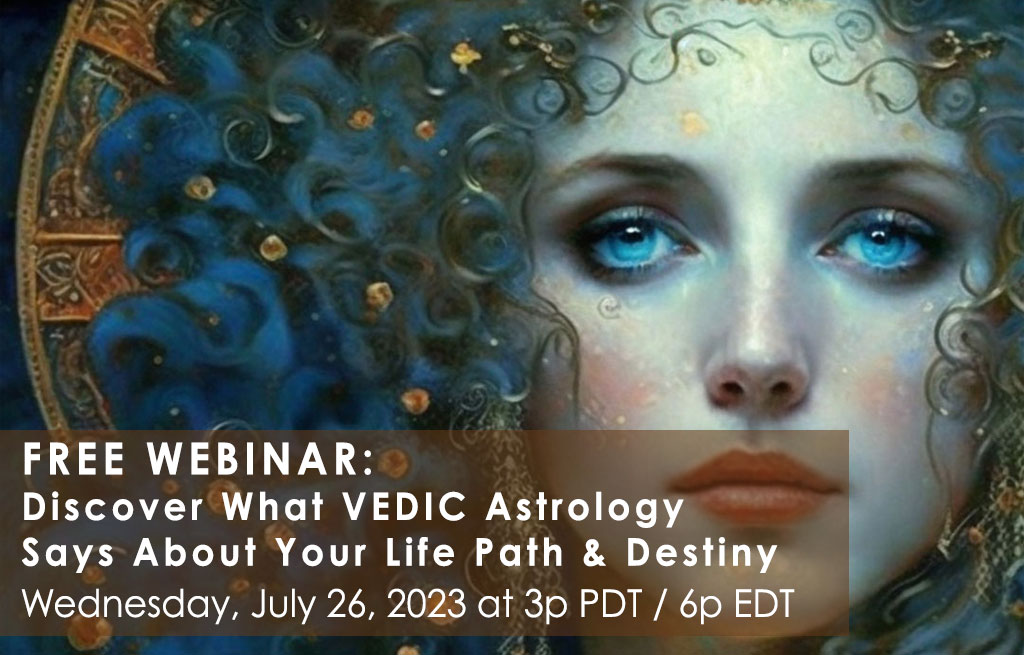Using Vedic Astrology to Guide our Spiritual Journey
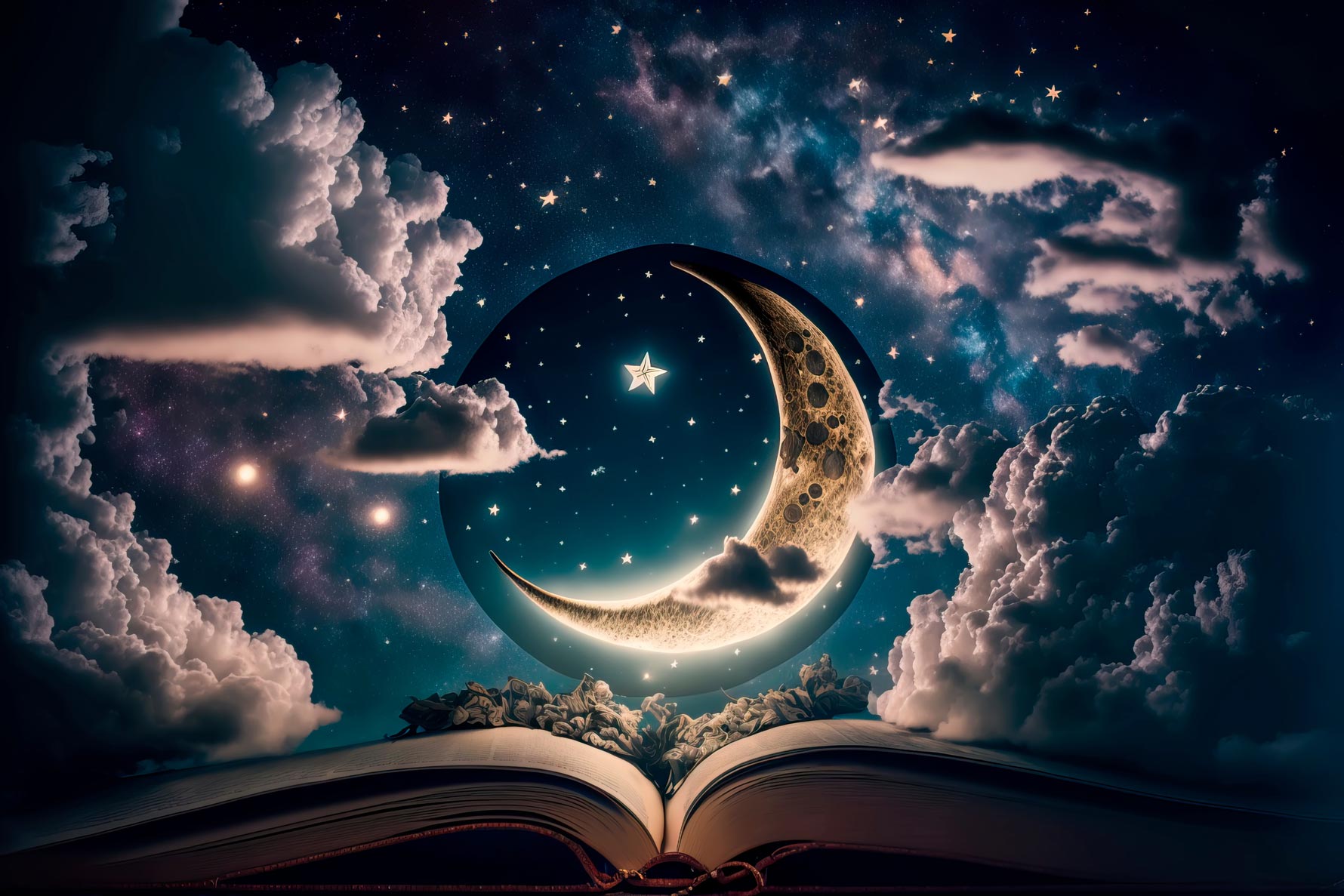
The Karmic Wisdom of the Stars
Today, I would like to tell you about Vedic astrology. Vedic astrology is not separate from Vedic philosophy or Vedic meditation, (both of which I teach), but entwined with both. Many Bollywood celebrities believe deeply in the power of Vedic astrology, and it is threaded throughout Eastern culture and spirituality today. Teachers and sages continue to give it serious study around the world, and the line from now to the dawn of Vedic astrology can be traced back for thousands of years.
To begin with the words of the spiritual teacher Yogananda, “Astrology is the study of man’s response to planetary stimuli. The stars have no conscious benevolence or animosity; they merely send forth positive and negative radiations. Of themselves, these do not help or harm humanity, but offer a lawful channel for the outward operation of cause-effect equilibriums which each man has set in motion in the past.” As we shall see, this is very important to understand. Because when we talk about Vedic astrology, we are also talking about karma.
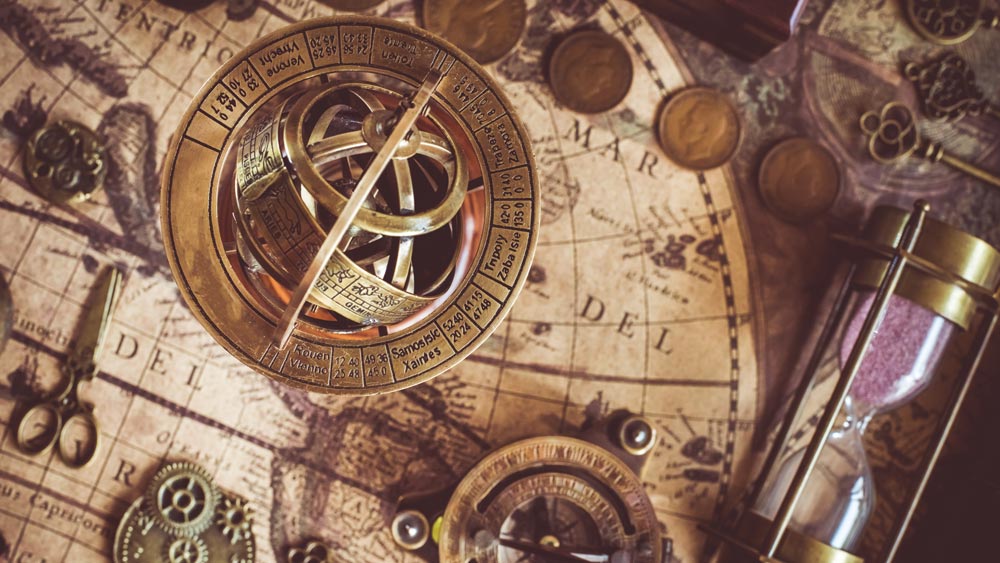
Vedic astrology first emerged in India between 5,000 to 10,000 years ago. Ancient Indian astrologers looked to the stars for guidance and navigation. Jyotisha, which translates roughly as the “science of light,” helps us understand how karma influences the present. The seven chakras of the human body correspond to the seven main planets in the Vedic system. We can draw upon Vedic astrology and its insights to guide us along our spiritual journey.
Astrology is thought of as the “eyes of the Veda.” Vedic astrology is not just about daily predictions but is integrated with meditation as a means to approach the divine. In practice, Vedic astrology is mathematically sophisticated and requires extensive study to master. Some family lines in India can track their lineage as teachers of astrology back for centuries.
Vedic astrology needs to be studied on its own terms and within the long history of Vedic philosophy. Still, it can be helpful to begin with comparisons to one’s own culture and traditions. Western astrology began in the Hellenistic period, which dates from the death of Alexander the Great in 332 B.C.E. to the start of the Roman Empire in 31 B.C.E. In other words, while not as old as the Vedic tradition, Western astrology is also really old. Western science may frown on astrology, but it still has much to teach us if we are willing to learn.
Western astrology uses the tropical calendar, which is based on the 365 days it takes the Sun to pass from vernal equinox to vernal equinox. A tropical year is divided into 4 seasons: Winter, Spring, Summer, and Fall. Western astrological charts are based on the planet’s fixed positions.
Vedic astrology, on the other hand, uses the sidereal system, which looks at changing, observable constellations. The sidereal system dates to the time of the Pharaohs in Kemet, over 7000 years ago; a little older than Western, for sure! A sidereal year is the time it takes a planet, say the Earth or Mercury, to orbit the Sun once with respect to fixed stars. In Vedic astrology, the birth chart for an individual reflects the exact position of the planets over the place of their birth, at the precise moment of their birth.
Now it starts to get very interesting. The tropical system and the sidereal system drift apart by about 1 degree every 72 years, and a sidereal year is 20 minutes longer than a tropical year. This may seem inconsequential, but it has a huge effect on the results of the two systems. Nevertheless, Western and Vedic astrology both have twelve signs, and the meanings ascribed to the signs have some similarities.
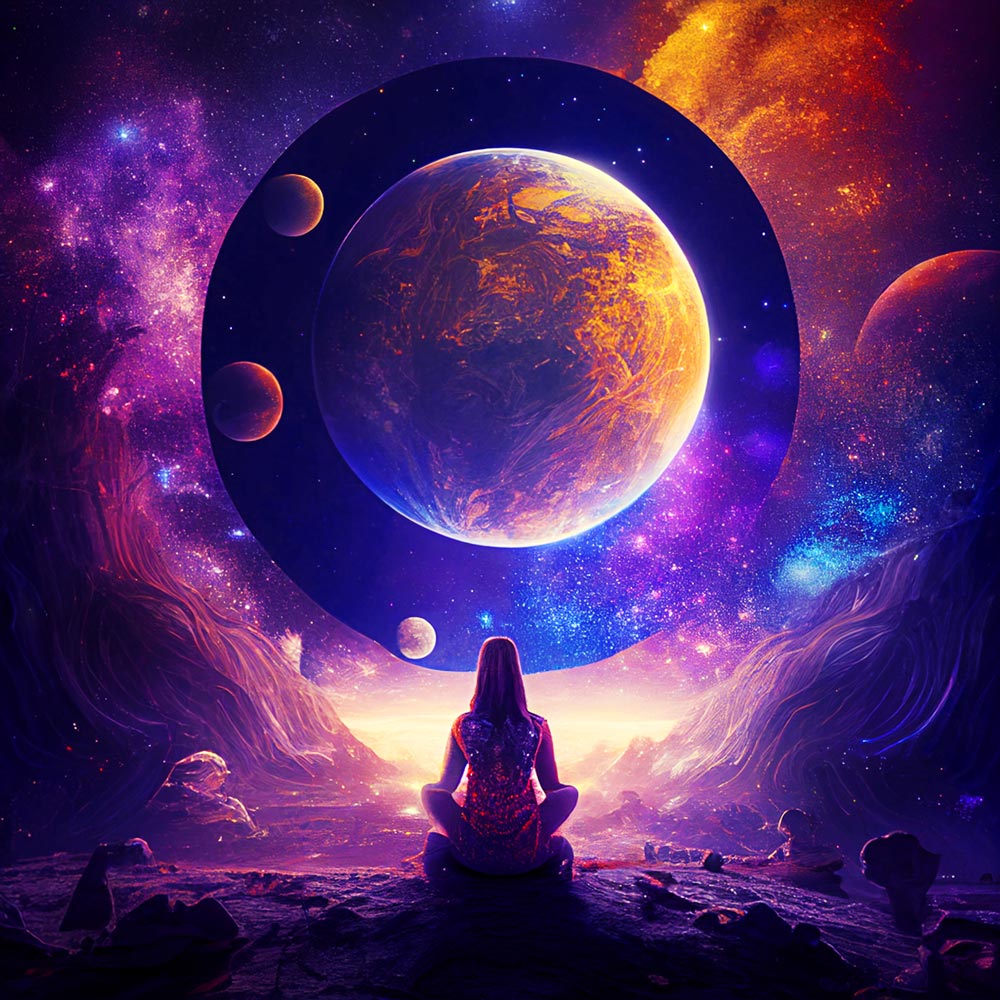
However, your sign in Vedic astrology will likely be different from what you are used to. One of my students, for example, was born on October 25. In Western astrology, she is a Scorpio (Vrishchika in Hindi). In Vedic astrology, she is a Libra (or Tula in Hindi). Vedic astrology would also point out that your rising sign is more important than your Sun sign.
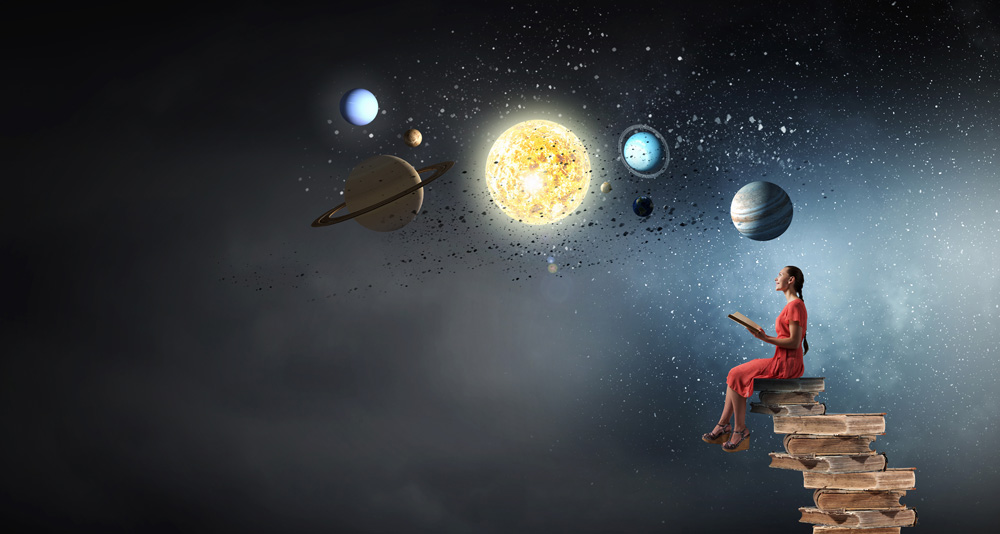
This is all quite complex, which is part of the reason that some Indian universities offer degree programs in Vedic astrology. We can only consider the broad outlines of the two systems today. However, hopefully, this brief introduction to the differences between the two systems will demonstrate how distinctive Vedic philosophy is.
Before we move on, I want to say a quick word about one more astrological system. In the early 20th century, K.S. Krishnamurti, one of India’s most noteworthy astrologers, developed a system called KP Astrology. Many consider this to be a modernized version of Vedic astrology; it is, in fact, simpler to use and integrates certain aspects of Western astrology. I do not have time to go through the key differences now, but I just wanted to mention this and emphasize that we are talking here about ancient Vedic astrology, not the KP version.
In the Vedic tradition, astrology works with meditation and other devotional practices to guide us as we walk our spiritual path toward Enlightenment. Parashara Rishi, a Vedic sage, is the father of Jyotish Shastra, Vedic astrology. Parashara Rishi wrote the Vishnu Purana—the first 19 Puranas—and established the fundamental principles of Vedic astrology. Roger Gabriel, an expert in this field, puts it well when he wrote that “Jyotish helps you understand the effects of an external Universe on your life. Meditation brings you the realization that the Universe is within you; that you are the Universe.”
Vedic astrology, meditation, and ayurvedic medicine are interwoven in a holistic system that seeks balance in the mind, the body, and the spirit. Daily pop horoscopes are fun, but Vedic astrology is a serious approach to understanding cause and effect as it influences you throughout your lifetimes. All of them. Which brings us to . . . karma.
Vedic astrology as a philosophical system cannot be separated from the concepts of karma and reincarnation. A Vedic birth chart not only lifts the veil on your future; it shows you how the arrangement of the planets at the moment of your birth reflects all that has come before. In other words, it shows you your collective karma from previous incarnations. Whether positive or negative, these reverberations shape you as you continue your journey in this current body.
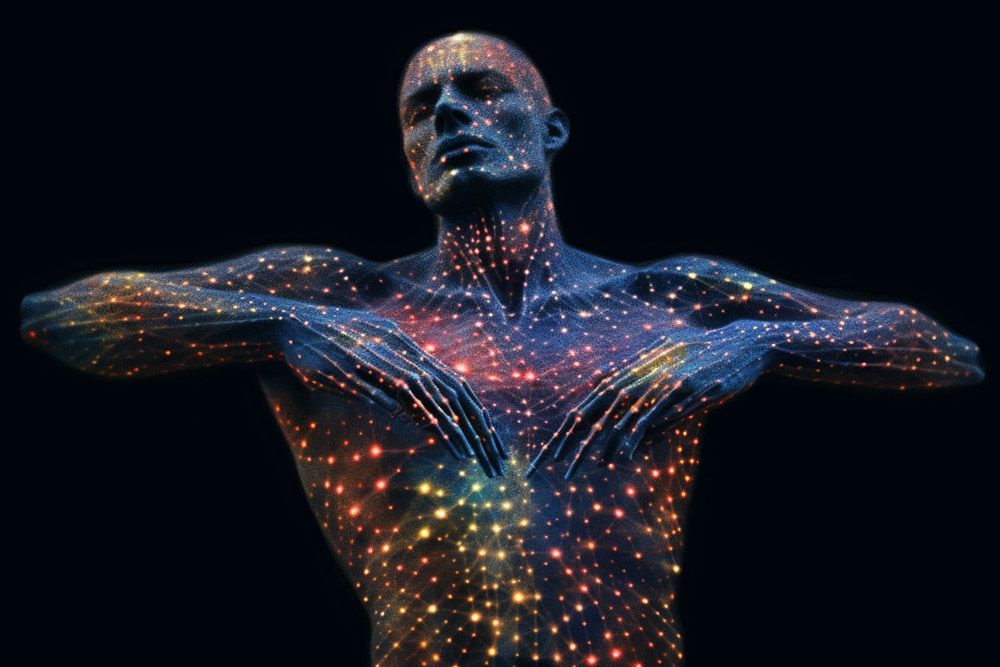
Karma has many layers in the Vedic system. Sanchita Karma is the accumulated karma of all your past lives, both good and bad. Pralabda Karma can be thought of as the “unfinished business” of your previous lives, which you need to confront in this lifetime. Kriyaman Karmais is the new karma you are generating, right now, every moment of every day, through our thoughts and actions. And, finally, Aagmi Karma is the karma of future birth for those of you whose journey continues into yet another lifetime.
Let’s pause for a moment. The idea of karma can be difficult for Westerners to accept and even disturbing to some. Contemporary and secular Western values put a great emphasis on individual agency. The notion of past lives and collective karma often agitates those who believe that life should be largely under their control.
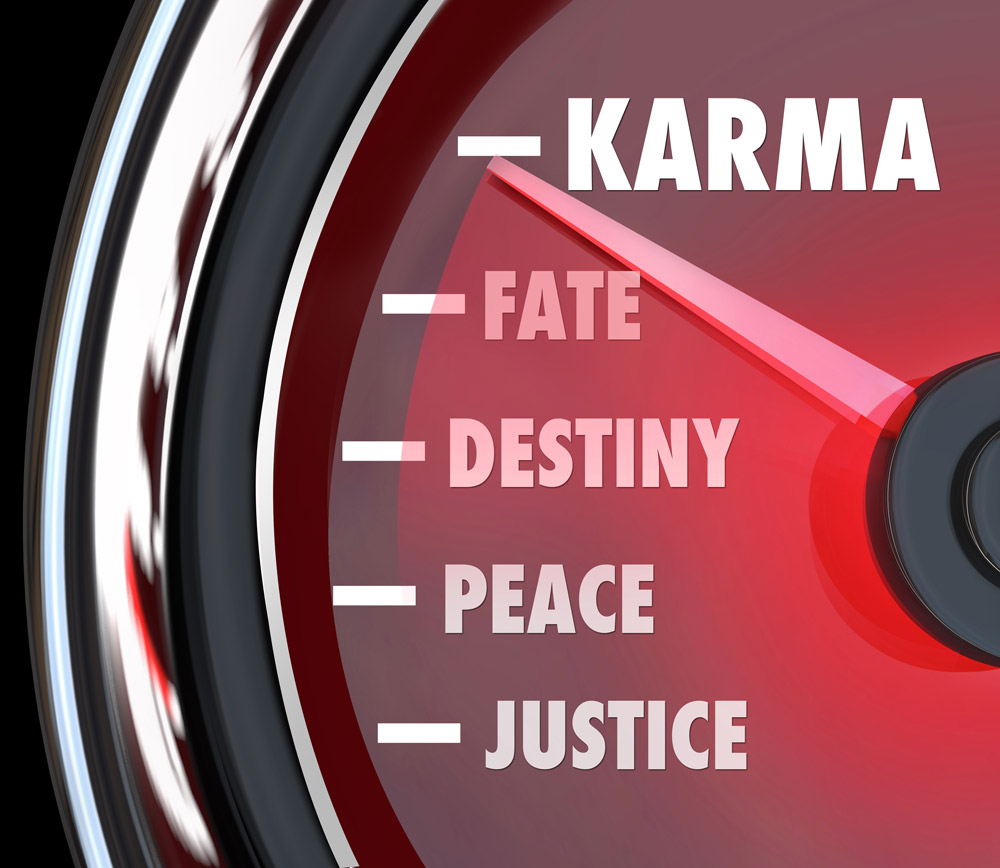
Karma, from the Western standpoint, also sometimes seems to contradict the notion of free will, which underlies everything from who we marry to our legal system. Taken simplistically, some observers may wonder if karma does not “blame the victim” and allow offenders to go “scot free.” If karma extends thousands of years and multiple lifetimes into the past, how can any of us be sure of what justice is today?
But let’s go a bit deeper. Vedic philosophy is distinct from Western philosophy. We do not want to simplify too much and the study of either of these systems requires dedication and effort. But we also do not have to put everything into a binary model of either “good” or bad.” Perhaps it is better to sit with these beliefs for a long time and resist the urge to judge. Wisdom does not happen in one day, or even one lifetime.
So, without simplifying too much or proposing a false equivalency, let me note that the principle of “Do unto others as you would have them do unto you (Luke 6:31)” has a lovely resonance with the principle of karma. By the way, I am not the first to note this. Maharishi Mahesh Yogi—yes, the guru who instructed The Beatles in the practice of meditation—discussed this more than once, even on the Larry King Show.
My point is this: Vedic astrology does not absolve us of agency or free will. Sanchita Karma is eternal, but the other layers of karma can be changed. The birth chart maps our karma and points to areas wherein we may have challenges in this lifetime due to accumulated bad karma. But it also points to possibilities for growth and happiness. In either case, apart from our Sanchita Karma, we continue to steer the ship, within the boundaries of the planetary influences at the time of our birth.
In the slightly paraphrased words of Snei Joshi, a Vedic astrologer, “The Vedic horoscope of a person is like a businessman’s balance sheet at the beginning of every year. It represents the total debt and total credit accumulated by the soul in its past lives.” We are not absolved of the responsibility to use the wisdom of the stars in making good choices and attending to our spiritual wellbeing.
Which is why to talk of Vedic astrology is also to talk of Vedic meditation. Om is the sound of the universe at the very beginning, at a time stretching so far back into the mist that we label it eternity and try to understand. Through meditation, we can let go of our attempts to confront Enlightenment “head on,” and truly connect with that which is eternal, divine, everlasting.

In Vedic astrology, the mantra selected by a spiritual teacher like myself resonates in your body and corresponds with the three fundamentals of life: Creation, Preservation, and Destruction. When you align your meditation practice with the insights contained in your astrological chart, you will begin to see the unity between thought and deed, action, and reaction, the past, present, and future. You will move beyond this moment to connect with all that has come before and that which will be, and finally achieve transcendence.
Now, none of this is going to happen today or tomorrow. It may not happen in many lifetimes. But the essential point is that meditation works with Vedic astrology to guide you along your unique spiritual journey. The past exerts a strong influence on what is possible in the present, but you are not a prisoner of past choices or a victim. You are not given a free pass to stumble around and chalk-up everything that happens to “karma.” Instead, drawing upon the knowledge contained in your birth chart, and devoting yourself to daily meditation and your mantra, you begin to move from darkness towards the light. If you are not yet meditating with a mantra that has been selected for you, you can do so here>>
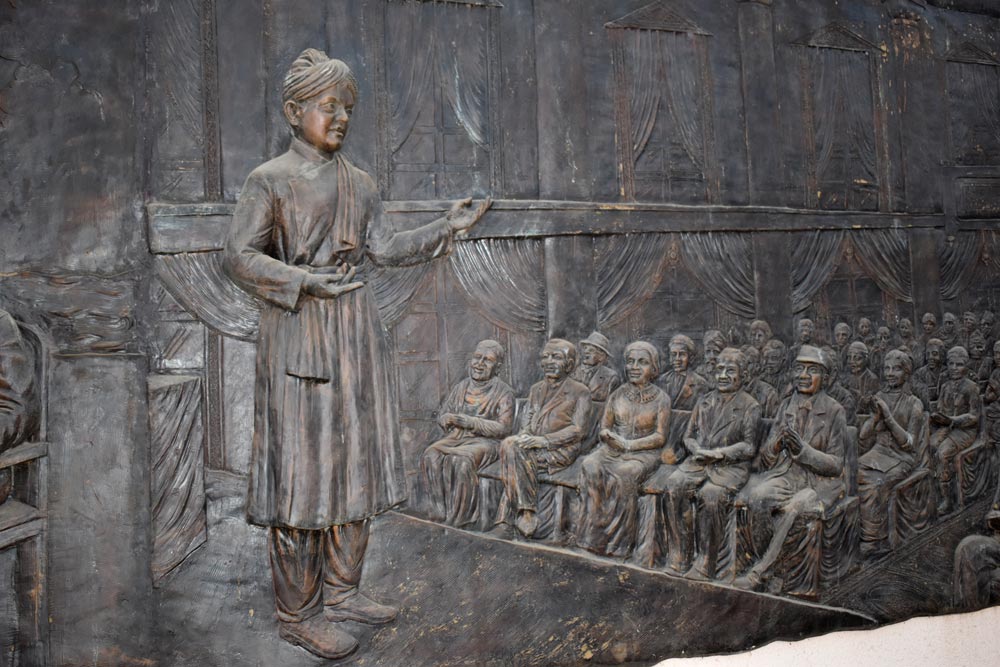
Swami Vivekananda, the seer who we can thank for introducing the Vedas to the Western World, captures all of this in a very simple but profound way. He taught that the mind is everything. As many have said, “What we think, we become.” This is why Vedic meditation and astrology are inextricable from each other. The insights of your birth chart are not a prison sentence, but rather a way to connect the vast complexity of karma to your real, lived life. You have choices to make and work to do.
I hope that you have found this introduction to Vedic astrology helpful and encouraging. As noted, Vedic astrology is an ancient system, and we cannot master it in one session or even one lifetime. And yes, just as in the West, Vedic astrology can be used for what we might call “pop” purposes, but that is simply a byproduct of our times. Vedic astrology has enriched thought and culture immensely, been a core component of Vedic philosophy across oceans of time, and continues to be taught and used today.
Through serious study and meditation, each of us can apply this wisdom in our own lives. Vedic astrology, coupled with a devoted meditation practice, has the power to bring us that much closer to Enlightenment.
And because so many people have asked, we are going to be introducing Vedic Astrology in depth, beginning with a FREE event, which you can register for by clicking here >>

